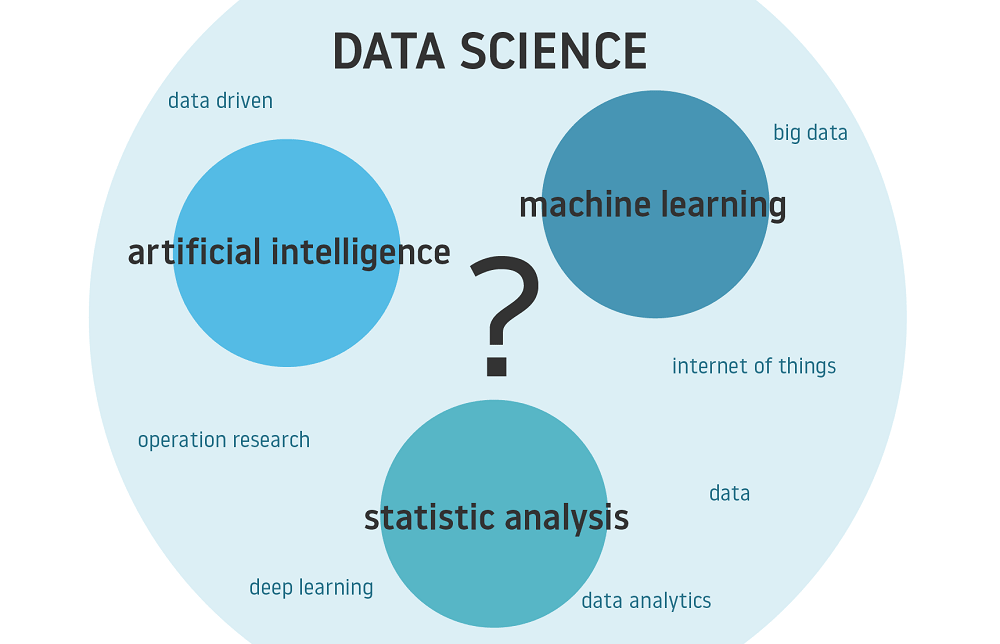



The first thing most people think about when they hear the term “data science” is usually “machine learning”. Obviously, to be a “complete” data scientist, you’ll have to eventually learn about machine learning concepts. But you’d be surprised at how far you can get without it.
Machine learning is (a part of) data science but data science isn’t necessarily machine learning, similar to how a square is a rectangle but a rectangle isn’t necessarily a square.
In reality, machine learning modeling only makes up around 5–10% of a data scientist’s job, where most of one’s time is spent elsewhere. By focusing on machine learning first, you’ll be putting in a lot of time and energy, and getting little in return.
At its core, machine learning is built on statistics, mathematics, and probability. The same way that you first learn about English grammar, figurative language, and so forth to write a good essay, you have to have these building blocks set in stone before you can learn machine learning.
To give some examples:
And so, conclude with two points. One, learning the fundamentals will make learning more advanced topics easier. Two, by learning the fundamentals, you will already have learned several machine learning concepts.
Many data scientists struggle with this. Similar to my initial point, most data scientists think that “data science” and “machine learning” go hand in hand. And so, when faced with a problem, the very first solution that they consider is a machine learning model.
But not every “data science” problem requires a machine learning model.
In some cases, a simple analysis with Excel or Pandas is more than enough to solve the problem at hand.
In other cases, the problem will be completely unrelated to machine learning. You may be required to clean and manipulate data using scripts, build data pipelines, or create interactive dashboards, all of which do not require machine learning.
Also Read: Entering Geospatial Machine Learning with GeoPandas
If you would like some tangible next steps to start with instead, here are a couple:
Source: Want to Be a Data Scientist? Don’t Start With Machine Learning.